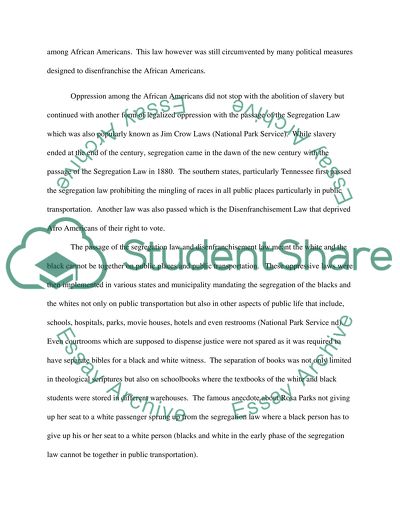Pick any topic in American history from the period 1815-1877 Essay. Retrieved from https://studentshare.org/history/1498614-pick-any-topic-in-american-history-from-the-period
Pick Any Topic in American History from the Period 1815-1877 Essay. https://studentshare.org/history/1498614-pick-any-topic-in-american-history-from-the-period.


